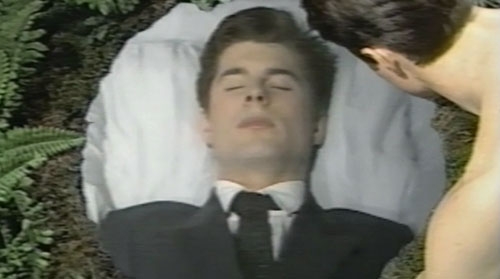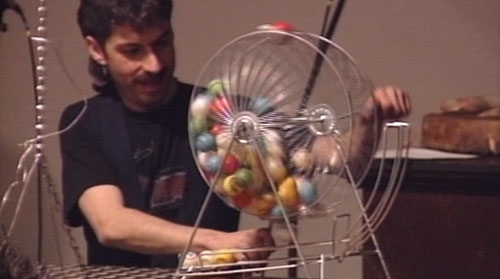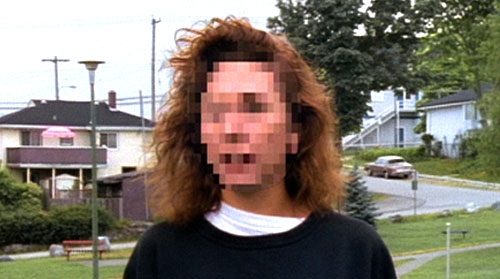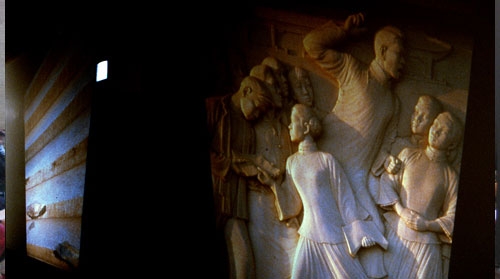Centre A presents
Limits of Tolerance: Re-framing Multicultural State Policy
18 May – 23 June 2007
Centre A, 2 West Hastings, Vancouver
Curated by Liz Park
Symposium Challenging the Limits of Tolerance.
Saturday, May 26, 2007
In a country that has touted its multicultural policies, the resurgence of racist attitudes after 9/11 prompts critical assessment of race issues today. In an effort to review race politics in the context of Canada’s colonial and immigrant policies, the exhibition Limits of Tolerance examines a period in recent history when cultural diversity became Canada’s state policy with the 1988 Multiculturalism Act. In the late 1980s, an increasing number of artists explored and questioned their own identity based on race, gender and sexuality, as lobby efforts and activism of people of colour and aboriginal ancestry gained momentum. With the Multiculturalism Act demanding government agencies to reform or invent equity policies, the arts and culture sector in particular underwent a turbulent period in which comfort zones of liberal attitudes were challenged. The exhibition re-presents a selection of artworks produced in Vancouver in the late 1980s and early 1990s when artists, writers and academics engaged in intense debates about identifications based on race, gender, and sexuality. This selection emphasizes the various and often contrasting ways in which artists deal with issues of identity and critique social structures which inform their identity.
The artists in Limits of Tolerance are Dana Claxton, Stan Douglas, Laiwan, Paul Lang and Zachary Longboy, Ahasiw Maskegon-Iskwew, Anne Ramsden, Ruby Truly, Henry Tsang, and Paul Wong. Often using non-traditional visual media such as video, performance, and photo-installation, these artists have pushed the limits of art production at a time when the concept of a singular culture was under scrutiny. The artistic output from this period in the form of artworks, group exhibitions, and conferences challenged the very idea of artistic quality as prescribed by an artworld resistant to self-reflection. In this context, some artists actively identified their subjective positioning and sought to speak from within communities defined by race, gender, or sexuality, while other artists deliberately avoided such self-identification or resisted being categorized under a homogenous group. The differing strategies deployed in dealing with the question of identity have insulated discussions of certain artists’ works from others. This exhibition brings together these works in renewed discussions of identity and reflects on the common place and time shared by each artist despite his/her distinct experience of race, gender and sexuality.
Presented alongside the artworks are archival materials from the cultural equity caucus for the former Association of National Non-Profit Artists’ Centres (ANNPAC), Minquon Panchayat (1992-1993), the film festival In Visible Colours (1989), and the exhibitions Yellow Peril: Reconsidered(1990), Self Not Whole (1991), Racy Sexy (1993). The records of these cultural activities help reframe the presented art works in broader terms, which include social and political history of Canada, and the changing questions of community in an increasingly globalized world. Revisiting this recent past sharpens a critical lens through which one can see how race politics is played out in art and the sociocultural and political arenas today.
The exhibition is curated by Liz Park, a candidate to the Master’s Degree in Critical and Curatorial Studies at the University of British Columbia.
Centre A recognizes the support from the Canada Council, Alvin Balkind Fund for Student Curatorial Initiatives, the Department of Art History, Visual Art, and Theory, and the Morris and Helen Belkin Art Gallery at The University of British Columbia.














